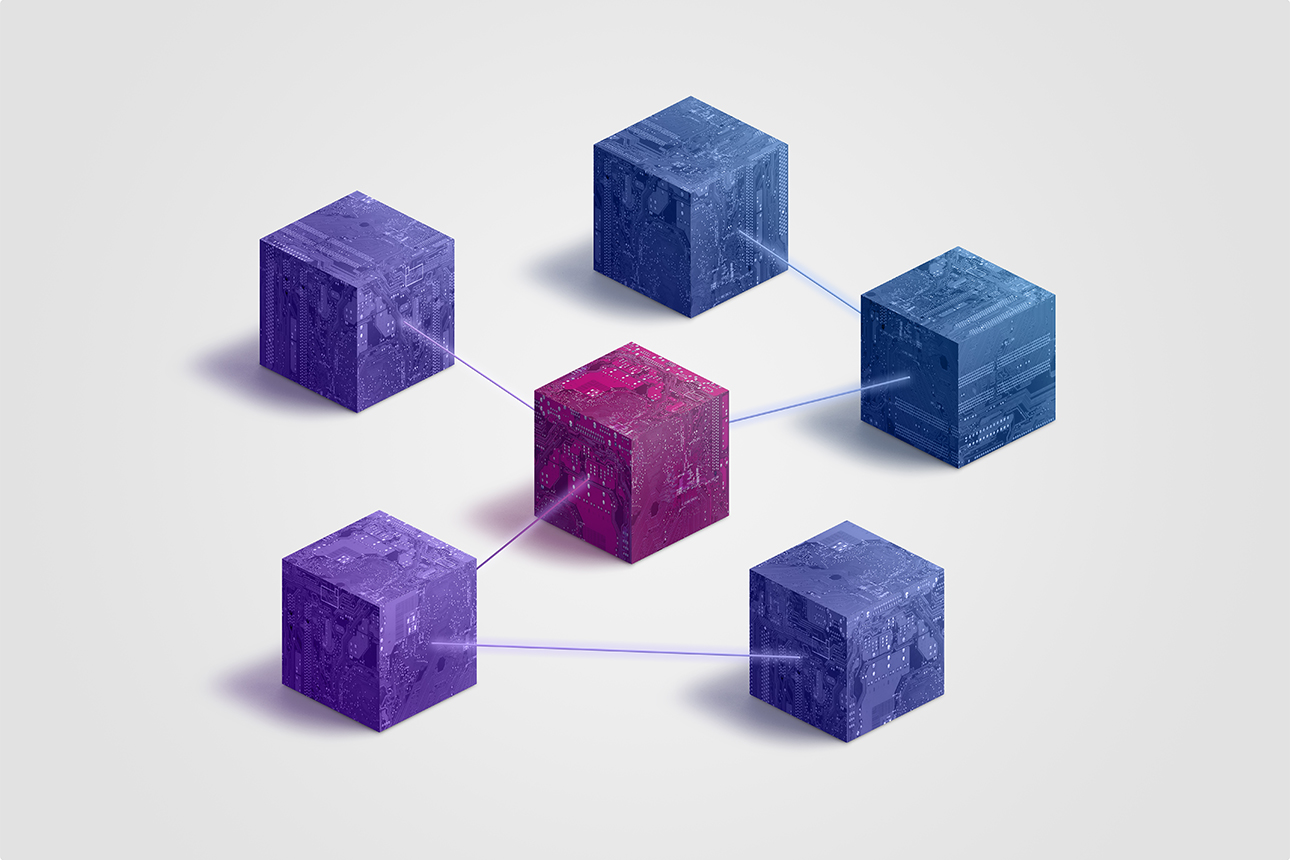It’s time to take another look at Blockchain

The leaders of large established companies should embrace the potential of distributed ledger technology before it is used against them.
Ravi Sarathy, interviewed by Theodore Kinni
Reading time: 12 min

It wasn’t long after the developers of bitcoin first used a distributed ledger to record transactions in 2008 that the blockchain revolution was announced with all the fanfare that usually accompanies promising new technologies. Then, as often happens with new technologies, blockchain’s promise collided with development realities.
Now, a decade and a half on, that early promise is becoming apparent. In his new book, Enterprise Strategy for Blockchain: Lessons in Disruption from Fintech, Supply Chain, and Consumer IndustriesRavi Sarathy, professor of strategy and international business at Northeastern University’s D’Amore-McKim School of Business, argues that distributed ledger technology has matured to the point that it enables a variety of applications that could disrupt industries as diverse as manufacturing, medicine , and the media.
Get updates on innovative strategy
The latest insights on strategy and execution in the workplace, delivered to your inbox once a month.
Please enter a valid e-mail adress
Thank you for signing up
Privacy statement
Sarathy spoke with Ted Kinni, senior contributing editor for MIT Sloan Management Reviewabout the state of blockchain, the applications most relevant now to large companies, and how their leaders can leverage the technology before incumbents and new competitors use it against them.
MIT Sloan Management Review: Blockchain has been slow to gain traction in many large companies. What’s holding it back?
Sarathy: Blockchain is a complex technology. It is often ensured by an elaborate mathematical puzzle that is energy-intensive and requires large investments in high-powered computing. This also limits the volume of transactions that can be easily processed, making it difficult to use blockchain in a setting such as credit card processing, which involves thousands of transactions per second. Interoperability is another technological challenge. You have many different protocols for running blockchains, so if you need to communicate with other blockchains, it creates points of weakness that can be hacked or otherwise fail.
Apart from the technological challenges, there is the question of cost and benefit. Blockchain is not free and it is not easy to sell. It requires significant financial and human resources, and it’s a problem because it’s hard to convince CFOs and other top executives to give you a few million dollars and a few years to develop a blockchain application when they don’t have clear estimates of expected returns or benefits. .
Finally, there are organizational challenges. A blockchain is meant to be a transparent, decentralized network where everyone talks to each other without any intermediaries organized in a world of hierarchies.

























